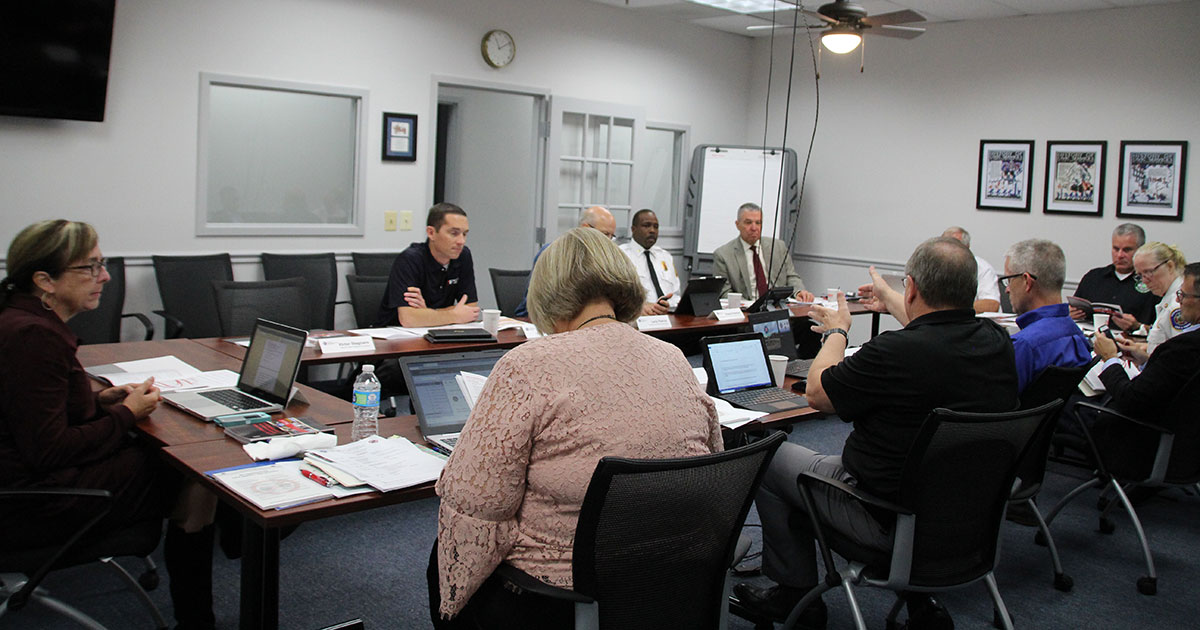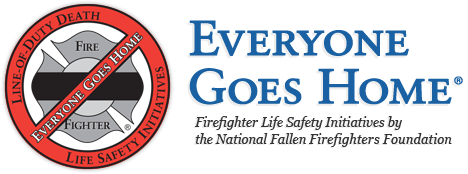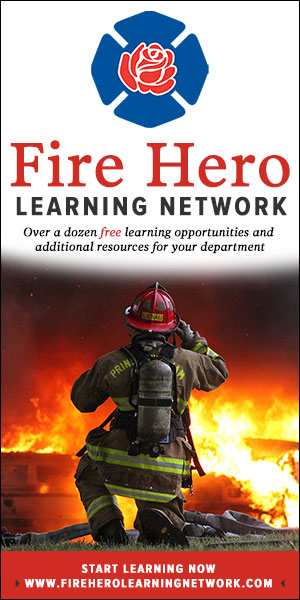
Representatives from fire service stakeholder organizations – including FDSOA, IAAI, IAFC, IAFF, IABPFF, NAFTD, NFPA, and NVFC – met at the National Fallen Firefighters Foundation’s office in Crofton, Maryland, on October 11, 2018, to discuss recommendations and next steps in support of Firefighter Life Safety Initiative #11, “National standards for emergency response policies and procedures should be developed and championed.”
They reviewed the recommendations of a group of subject matter experts that met in Columbus, Ohio, earlier this year, a group tasked with moving the effort forward. Attendees in Columbus encouraged the development of an NFPA standard that will organize and bring structure to response policies in fire departments across the nation, noting that one of the causal factors often cited in preventable line-of-duty deaths is the lack of a policy or procedure in place or the failure to follow an existing policy. The Columbus gathering cited a moral obligation for all fire service leaders to develop, implement, and enforce operational policies, based on better management of known risks and vulnerabilities to protect the health and safety of firefighters and the public. 1 The group also called for the National Fallen Firefighters Foundation (NFFF) to convene a meeting of stakeholders to present findings and seek guidance for next steps.
This recommendation gave rise to the Crofton gathering, where together stakeholders explored joint advocacy among the major organizations for a national response policy standard. According to Chief Kevin D. Quinn, chair of the National Volunteer Fire Council, he and the organization fully support the effort. “A best practices guide supporting Initiative #11 will increase the effectiveness of the entire fire service and protect our boots-on-the-ground firefighters during response,” he explained.
“As an organization, we believe that working with the NFPA to develop a national standard for emergency response policies will help the nation’s fire service make inroads in reducing the number of firefighter injuries and deaths that occur each year.”
– Chief Ronald J. Siarnicki, Executive Director, National Fallen Firefighters Foundation
While the leaders in Crofton agreed with working within the NFPA process, they debated how to structure a standard that would be of benefit to even the most resource-challenged departments, and not seen as another unfunded mandate. NFPA Public Fire Protection Division Manager Ed Conlin participated in both the Columbus and Crofton meetings. He explained that while the term “NFPA standard” is used generically, there are four different types of documents in the NFPA standard system: codes, guides, recommended practices, and standards. After considerable discussion, the group recommended the proposed standard take the form of a guide, to encourage use by as many organizations as possible. A guide is:
“An NFPA Standard that is advisory or informative in nature and that contains only nonmandatory provisions. A guide may contain mandatory statements such as when a guide can be used, but the NFPA Standard as a whole is not suitable for adoption into law.”2

This guide would reference relevant NFPA standards and highlight best practices from progressive departments and response coalitions. Actual policies and procedures that can be adapted for use by any size agency in any part of the country will be included as appendices. Jeff Merryman, of FDSOA, noted that such a standard has merit across the entire fire service. “The FDSOA is confident that our involvement in this project will further assist health and safety officers in assessing and managing risk applicable to response policies thus reducing further loss of life,” he said by including the FDSOA, the NFFF continues to show their commitment to all stakeholders in the fire service.”
The scope of the proposed standard was also discussed. When Initiative #11 was originally drafted in 2004, it was intended to primarily address issues related to driving. Since that time, a need was realized to include departmental policies and procedures, including training, health and wellness, mutual and automatic aid, in addition to defining what constitutes an emergency response. The standard should define policies and procedures for a minimum set of activities that are universally recognized and understood to manage risk and maximize life safety at every fire—regardless of organizational composition, or geographic location.
Having a common national standard in place would provide the added benefit of allowing multiple responding agencies to operate with similar strategic and tactical considerations, regardless of the complexity or location of the event, including in the wildland. Wildland fire organizations have standardized some aspects of wildland response, but the nature, expanding complexity and scope of the today’s wildland fire environment, particularly in the wildland-urban interface, routinely incorporates responders from all disciplines of the fire service (i.e., volunteer and career structural fire departments, contractual firefighters, and those from other organizations). These groups are increasingly responding side-by-side but have little knowledge about each other’s capabilities or organizational structure. Any relevant national standard developed will need to address commonalities across these organizations to foster a more cohesive response and better use of resources.
After determining the scope and form of the standard, the Crofton group spent time drafting an NFPA New Project Proposal Form. This form will now be edited, reviewed by the stakeholder organizations, and submitted to the NFPA for consideration. Everyone in the room offered the full support of their organizations for the standard. Chief Quinn noted the positive impact it would have on NVFC membership, “A best practices guide to help volunteer departments implement a set of uniform response policies and procedures will be a valuable resource to increase operational excellence, keep firefighters safe, and help us best serve our communities.”
1. The full report of this meeting go to: Advocating for a National Emergency Response Policy
2. NFPA® Standards Directory 2018. Quincy, MA, NFPA, 2018, pp. 17-18. https://www.nfpa.org/~/media/5225BF48B7DE48BB8FEE122B8E73F34C.pdf, (accessed October 2018)


